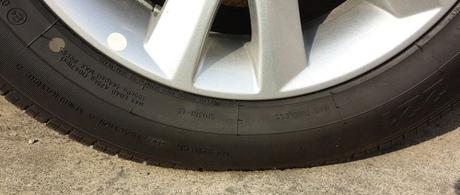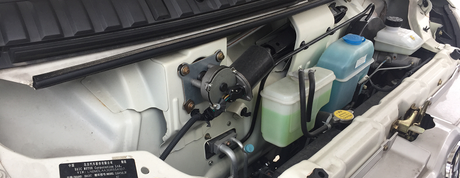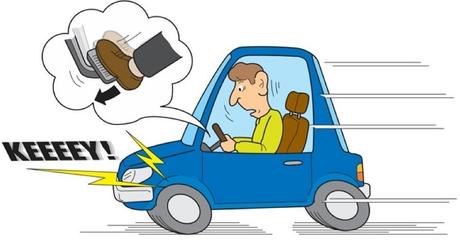Buying a used car is now a common option. Opting for the used car market no longer means buying a banger. If you consider that most modern cars are built to last for ten years (or 100,000 miles), there’s plenty of good reasons to buy second-hand. There’s less risk than there used to be, and the quality is great if you know where to look.
However, that doesn’t mean the car will be problem-free. In fact, there are plenty of common issues in used cars. It’s your job to hunt them out before you buy. Most of the professional used-car dealers will check for these problems beforehand. Take a look at motorlinedirect.co.uk, for example, and the cars will be in tip-top condition. If you’re buying on the private market, however, here are just some of the most obvious problems to look out for.
Paintwork and body trouble
All cars need regular washing and cleaning. It’s what keeps the bodywork shiny and new. But, it also serves a bigger purpose. Cleaning the car regularly gets rid of corrosive materials like dirt and bugs. Left uncleaned, it can quickly lead to rust and paintwork damage. This is an expensive problem to fix, and ought to be avoided. The best way to spot the early signs of rust is by looking for bubbles in the paintwork. Avoid buying any used car with these obvious bodywork issues.
Tires
The tires absorb all the biggest problems of the road. The rubber will wear down over time, and the tire pressure will begin to suffer. If you’re buying a used car, take the time to inspect the tires. Start by measuring the tread depth to assess the wear. The legal limit is 1.6mm, but anything under 2mm is cause for concern. Don’t be afraid to check the tire pressure either. If it’s lower than suggested, it means the car has been running on flats for a while. That can cause the engine to work harder, and wear itself out.

Oil and fluids
One thing that used car buyers often forget to check is the fluids. Don’t be afraid to look under the bonnet, and carry out a full inspection. The first thing you’re looking for is a burning smell. If you detect charcoal or burning smells, run a mile. It means oil is leaking into the engine somewhere. Use the dipstick to check the quality and level of the oil. Do the same with the transmission fluid, and the brake fluid.

Brakes
The brakes are a little harder to assess. Typically, you’d need to take the wheels off, and inspect the brake pads for wear. In this case, you can simply test them while driving the car. Find a quiet place, and slam the brakes on hard. They should respond immediately. If there is a lack of resistance, there may be a problem.

These are all common sense checks when you buy a used car. Make sure you’re getting a bargain, not a banger!
